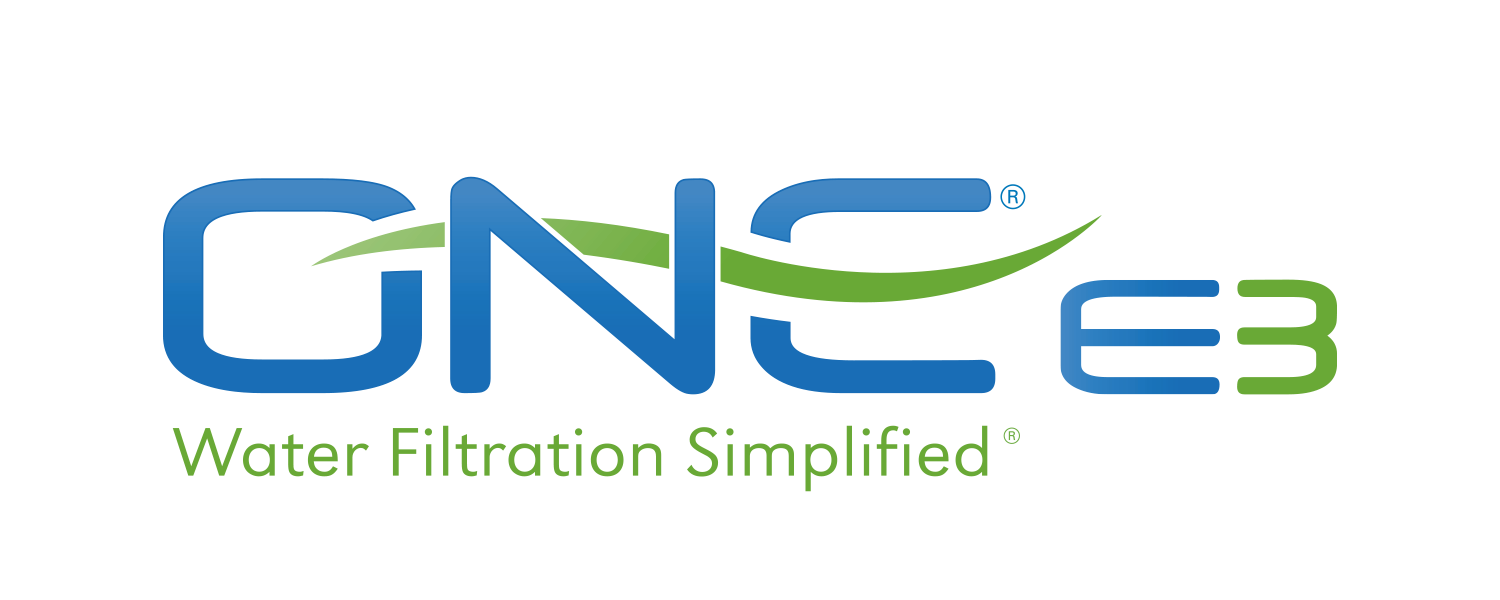Indiana has recently found itself facing PFAS (known as forever chemicals) contamination in their water supply, spurring conversations of passing bills to combat the issue. According to an article from IndyStar, the contaminants were discovered in Indianapolis drinking water at 15 parts per trillion, causing concern for the state legislature. One idea was to establish a maximum contaminant level for PFAS, following the precedent of a few other states. Additionally there would be tests for military personnel who may have been exposed to the contaminants on military bases where the toxins were more common.
The debate around legislation lies in the difference between states’ and the EPA’s efforts to combat these “forever chemicals”. A representative from the American Chemistry Council said in an interview with IndyStar, “[We] would stress the importance of letting the career scientists at the EPA lead this effort rather than creating a confusing patchwork of state-based regulations that are often inconsistent, not always based on the best available science, and therefore could potentially undermine the public’s trust in the safety of their water”
Representative Ryan Dvorak prefers establishing state regulations, authoring a bill that would set a maximum contaminant level for PFAS. There are numerous contaminant limits on PFAS set by states and the EPA, varying wildly in terms of stringency, creating uncertainty for Indiana’s lawmakers. However, some hope that passing legislation within the states will motivate the federal government to take action and set a national maximum contaminant limit.
The PIONEER system is the first of its kind whole-house lead, cyst and PFOA/PFOS removal system. Visit the PIONEER system page to learn more.



